Creative Commons Licensing In-Depth
10 minute read
Creative Commons licenses provide a way for authors and creators to easily communicate how they would like for others to interact with their creative work. Since Creative Commons licenses layer over existing copyright, let’s start by viewing “A Quick Overview of Copyright” to refresh your understanding of copyright in the United States.
One of the ways authors and creators can easily communicate use or re-use permissions is by using Creative Commons (CC) licenses. Authors can select from a suite of six licenses to share how they are willing for others to build on and further distribute their work.
Creative Commons Licenses
Four elements are combined to create a suite of six Creative Commons (CC) licenses. Every license includes the primary element, Attribution. Understanding the meaning of each element can be useful when deciding which CC license to use on your own work.
The key thing to remember at this point is that the licenses layer over existing copyright, and that all of them require attribution. Let’s explore the four elements that combine to create CC licenses.
Four Creative Commons Elements
The four elements that combine to create the suite of Creative Commons licenses are Attribution (BY), Share-Alike (SA), Non-Commercial (SA), and No-Derivatives (ND).
 |
Attribution (BY) The Attribution (BY) condition is fundamental to all CC licenses. What many creators care about most is receiving credit for their creative work. When reusing CC-licensed work, proper attribution must be given to the original creator — and to other contributors on the work, if any. The CC BY license is the most open of the licenses and allows for the most re-use. |
 |
Share-Alike (SA) The Share-Alike condition adds a requirement for anyone reusing your work to also license their own creation (based on your work) under the same license. Both the CC BY-SA and CC BY-NC-SA licenses include this condition, effectively making them ‘copyleft’ or ‘viral’ licenses. While this condition effectively “locks open” the content, remixing SA content with non-SA or other-SA licensed work may not be straightforward or allowed at all. |
 |
Non-Commercial (NC) The Non-Commercial condition allows for reuse and sharing but reserves commercial rights for the creator. The meaning of the NC condition itself and its ability to prevent commercial reuse is not always clear, but the license condition does clearly indicate that commercial reuse rights are not being granted.
|
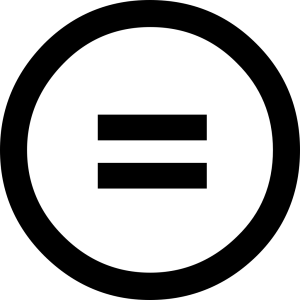 |
No-Derivatives (ND) The No-Derivatives condition allows sharing and reuse but only if the content is left unchanged. This presents an issue when searching for OER, as no customization or adaptation is allowed by the license. For this reason, ND content is not considered OER and should be considered for reuse only in situations where no adaptations are needed. |
Combining the Elements
The BY (attribution) element is a part of all the licenses. Not all of the other three elements can be combined. For example, the SA and ND conditions do not appear in the same license because there is no reason to include the share-alike condition when no derivatives are being allowed. Together, the elements form the suite of six CC licenses:
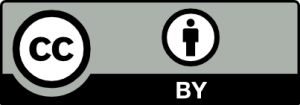
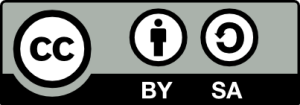

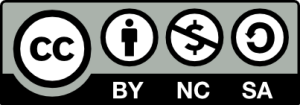
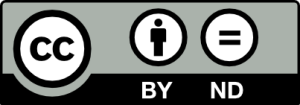
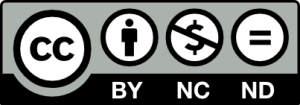
As you find different types of OER to use in your courses, you may find the need to remix and modify the content. Understanding how the different licenses can or cannot be combined is a critical step in reusing openly licensed material. The license compatibility chart below is a great resource in determining which licenses work together.
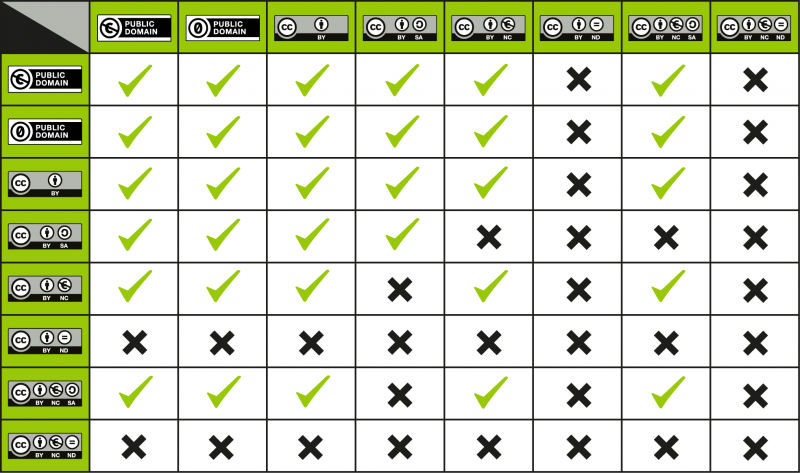
Giving Credit Where Credit is Due
All six of the Creative Commons licenses include the BY or attribution condition. This is a requirement of reuse. By applying a CC license to their work, original creator has explicitly informed the user that, at the least, the attribution (BY) element must be carried forward. Providing attribution is the legal requirement of the Creative Commons licenses.
While some tools, like CC Search, include the attribution in the resource, there are other tools available to help users easily create attribution statements for work they reuse, remix, or modify. Open Washington created and maintains an Attribution Builder which builds attribution statements that can be copied and pasted into documents and websites.
When creating attribution statements a good rule of thumb is to remember the acronym TASL:
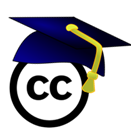
-
-
-
-
-
-
-
-
-
Title of the work
-
Author (creator) of the work
-
Source (link) or where the work can be found
-
License of the work
-
-
-
-
-
-
-
-
For a variety of examples, take a look at the Attributions List at the bottom of this page.
Choosing a License for Your Work
Remember, when sharing your work, selecting and displaying a license with it ensures the work can be adopted and adapted how you want! If you don’t select a license, all published material may be assumed to be all rights reserved even if you intended it to be openly licensed.
When creating work to share, carefully consider how you want your work to be used when choosing which open license to apply. As the original creator of your work, you have choices.
-
Do you want to allow derivatives?
-
Do you want to allow for commercial purposes?
-
Do you want the same license to be applied on derivatives?
-
If this work was made using openly licensed material, is there a copyright provision you must follow?
Creative Commons designed the licenses to provide more options to the creator than all-rights reserved copyright. The CC License chooser is a simple tool designed to help creators decide which license is best for their work. The tool will prompt you to select the conditions you prefer for sharing your work. It will generate a license icon, statement, and code for embed and/or easy copy and paste into your work.
Questions for OER: Deeper Dive
Imagine you have decided you want to find existing OER to create a custom textbook for your course. You’ve searched a few repositories and applied appropriate evaluation techniques to identify three openly licensed resources you feel are high quality and align with some or most of your course objectives. They are
Enhanced College Writing by Bunker Hill Community College, licensed CC BY 4.0.
Technical Writing by Blake Pitcher licensed CC BY NC ND.
Writing in College: From Competence to Excellence by Amy Guptill licensed CC BY-NC-SA.
Attribution
Information for this module was adapted from
“Open Educational Resources: Basics & Beyond” by Oklahoma Council for Online Learning Excellence Member Volunteers is licensed under CC BY 4.0
“Best Practices for Attribution” by Creative Commons is licensed under CC BY 4.0
“Creative Commons Licensing: Nuts & Bolts” by Carrie Gits is licensed under CC BY 4.0
“CC License Compatibility Chart” by Creative Commons is licensed under CC BY 4.0
“CC License Conditions” by William Meinke is licensed under CC BY 4.0
“Putting a CC License on Your Work” by William Meinke is licensed under CC BY 4.0
“TASL” derivative work by Jack O’Grady, is licensed under CC BY 4.0 , based on TASL, created using Creative Commons logo, fixed by Quibik, public domain, retrieved from , and Graduation cap, public domain.

